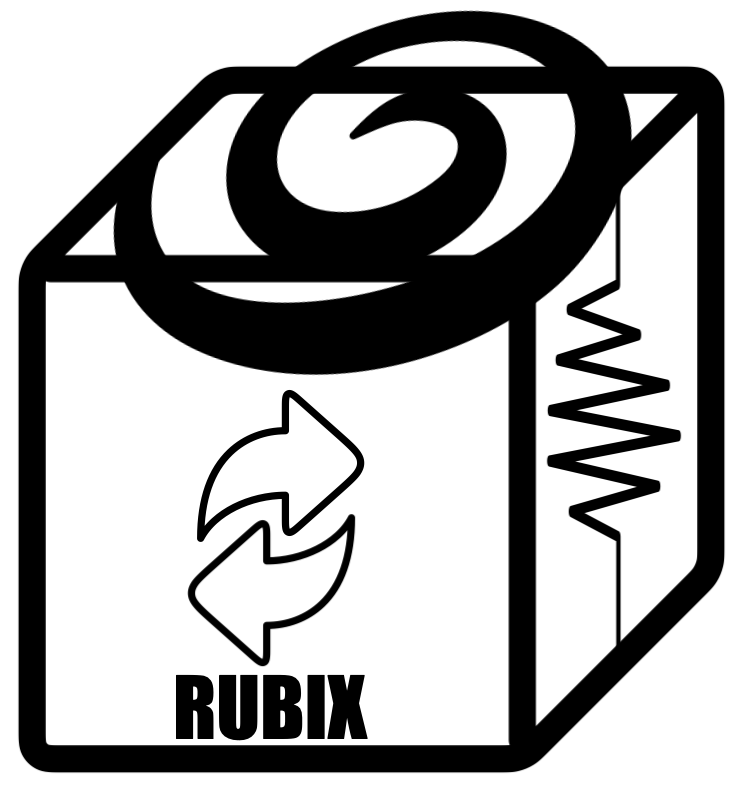rubix.galaxy package#
Subpackages#
Submodules#
rubix.galaxy.alignment module#
- rubix.galaxy.alignment.apply_init_rotation(positions: Float[Array, '* 3'], rotation_matrix: Float[Array, '3 3']) Float[Array, '* 3'][source]#
Apply a rotation matrix to a particle positions array.
- Parameters:
positions (Float[Array, "* 3"]) – The particle positions.
rotation_matrix (Float[Array, "3 3"]) – The rotation matrix to apply.
- Returns:
The rotated positions.
- Return type:
Float[Array, “* 3”]
- rubix.galaxy.alignment.apply_rotation(positions: Float[Array, '* 3'], alpha: float, beta: float, gamma: float) Float[Array, '* 3'][source]#
Apply an Euler-angle rotation using the combined rotation matrix.
- Parameters:
positions (Float[Array, "* 3"]) – The positions of the particles.
alpha (float) – Rotation around the x-axis in degrees.
beta (float) – Rotation around the y-axis in degrees.
gamma (float) – Rotation around the z-axis in degrees.
- Returns:
The rotated positions.
- Return type:
Float[Array, “* 3”]
- rubix.galaxy.alignment.center_particles(rubixdata: object, key: str) object[source]#
Center the stellar particles around the galaxy center.
- Parameters:
rubixdata (object) – The RubixData object to update.
key (str) – Particle key, e.g. “stars” or “gas”.
- Returns:
- The same RubixData object with centered coordinates and
velocities.
- Return type:
object
- Raises:
ValueError – If the galaxy center lies outside the particle bounds.
Example
>>> from rubix.galaxy.alignment import center_particles >>> rubixdata = center_particles(rubixdata, "stars")
- rubix.galaxy.alignment.euler_rotation_matrix(alpha: float, beta: float, gamma: float) Float[Array, '3 3'][source]#
Create a 3x3 rotation matrix given Euler angles (in degrees)
- Parameters:
alpha (float) – Rotation around the x-axis in degrees
beta (float) – Rotation around the y-axis in degrees
gamma (float) – Rotation around the z-axis in degrees
- Returns:
The rotation matrix as a jnp.ndarray.
- rubix.galaxy.alignment.moment_of_inertia_tensor(positions: Float[Array, '...'], masses: Float[Array, '...'], halfmass_radius: Float[Array, '...'] | float) Float[Array, '...'][source]#
Calculate the moment of inertia tensor for particles within the half-mass radius. Assumes the galaxy is already centered.
- Parameters:
positions (Float[Array, "..."]) – Particle positions.
masses (Float[Array, "..."]) – Corresponding masses.
halfmass_radius (Union[Float[Array, "..."], float]) – The half-mass radius of the galaxy used to filter particles.
- Returns:
Moment of inertia tensor.
- Return type:
Float[Array, “…”]
Example
>>> from rubix.galaxy.alignment import moment_of_inertia_tensor >>> I = moment_of_inertia_tensor( ... rubixdata.stars.coords, ... rubixdata.stars.mass, ... rubixdata.galaxy.halfmassrad_stars, ... )
- rubix.galaxy.alignment.rotate_galaxy(positions: Float[Array, '...'], velocities: Float[Array, '...'], positions_stars: Float[Array, '...'], masses_stars: Float[Array, '...'], halfmass_radius: Float[Array, '...'] | float, alpha: float, beta: float, gamma: float, key: str) tuple[Float[Array, '* 3'], Float[Array, '* 3']][source]#
Orientate the galaxy by rotating the particle coordinates by Euler angles.
- Parameters:
positions (Float[Array, "..."]) – Particle positions.
velocities (Float[Array, "..."]) – Particle velocities.
positions_stars (Float[Array, "..."]) – Star particle positions.
masses_stars (Float[Array, "..."]) – Star particle masses.
halfmass_radius (Union[Float[Array, "..."], float]) – Radius used for the moment of inertia calculation.
alpha (float) – Rotation around the x-axis in degrees.
beta (float) – Rotation around the y-axis in degrees.
gamma (float) – Rotation around the z-axis in degrees.
key (str) – Dataset key (“IllustrisTNG” or “NIHAO”).
- Returns:
- Rotated positions and
velocities.
- Return type:
Tuple[Float[Array, “* 3”], Float[Array, “* 3”]]
- Raises:
ValueError – If key is not supported.
- rubix.galaxy.alignment.rotation_matrix_from_inertia_tensor(I: Float[Array, '...']) Float[Array, '...'][source]#
Calculate the 3x3 rotation matrix by diagonalizing the moment of inertia tensor.
- Parameters:
I (Float[Array, "..."]) – The moment of inertia tensor.
- Returns:
The rotation matrix.
- Return type:
Float[Array, “…”]
